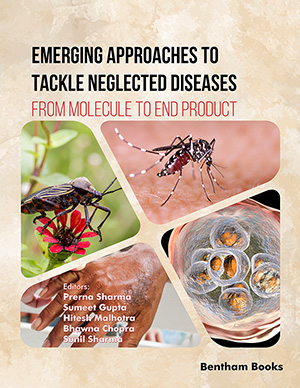Abstract
SHS investigation development is considered from the geographical and historical viewpoint. 3 stages are described. Within Stage 1 the work was carried out in the Department of the Institute of Chemical Physics in Chernogolovka where the scientific discovery had been made. At Stage 2 the interest to SHS arose in different cities and towns of the former USSR. Within Stage 3 SHS entered the international scene. Now SHS processes and products are being studied in more than 50 countries.
Abstract
The most prevalent parasite condition affecting the brain, neurocysticercosis
(NCC), is a well-known contributor to new seizures all over the world including India.
The only prevalent cause of acquired epileptic seizures in underdeveloped nations,
whereas active epilepsy is a common cause in affluent nations, that is cysticercosis, a
parasitic ailment of the neurological structure in humans initiated by the larval stage of
the tapeworm Taenia solium. The location of the cysticercus affects the pathogenesis,
natural history, clinical symptoms, and therapy. For instance, the primary clinical signs
and symptoms differ depending on the type of disease. Seizures or headaches are
generally the first symptoms of parenchymal NCC. Leishmaniasis is brought on by
parasites of the genus Leishmania in the Trypanosomatidae family which is among the
most neglected tropical infectious diseases. Over 20 different Leishmania protozoa
types can cause the complex vector-borne disorder leishmaniasis, which has a variety
of clinical presentations ranging from localised skin ulcers (cutaneous leishmaniasis) to
a systemic illness that can be fatal if left untreated (visceral leishmaniasis). There is not
a single effective Leishmaniasis treatment available now for all species and symptoms.
Furthermore, the present therapeutic approaches frequently do not lead to a
parasitological cure and recurrence in the context of immunodeficiency (i.e., HIV) is an
emerging area that needs further research. So, this review is a discussion of a
combination of all aspects related to Leishmaniasis, and how to use old treatment
methods such as monotherapy along with modern strategies to combat this major health
issue all over the world.
Keywords:
Acquired epileptic seizures, Conventional drugs, Cutaneous leishmaniasis, Cysticercosis, Leishmaniasis, Mucocutaneous leishmaniasis, Neurocysticercosis (NCC), Neglected disease, Recent strategies, Taenia solium, Visceral leishmaniasis
We recommend

Authors:Bentham Science Books






